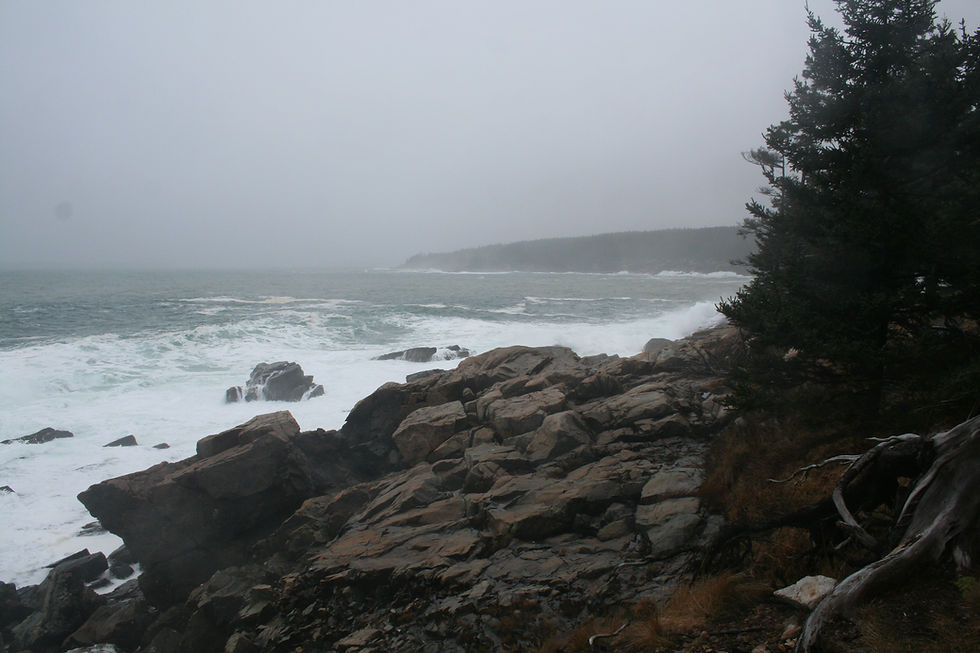"A" Type and "B" Type Painting Personalities
- Bob Palmerton

- Apr 11, 2021
- 2 min read
Updated: Dec 9, 2021
It didn't occur to me to characterize my pastel paintings based on personality types, but these three paintings got me thinking that such a comparison might be valid.
The type "A" painting can be vibrant and bold, representing most if not all of the colors in the color wheel, as well as the juxtaposition of complementary colors. "Winter's Breath" fits the bill of "A" type in my opinion. An "A" type personality can be hasty, impatient, impulsive, hyper-alert, potentially hostile, and angry. In fact, this one has a Jekyll and Hyde mentality: the softness in the distance contrasts sharply with the boldness of the foreground.
"Winter's Breath" below, 12x9 pastel. Award-winner at the Great Lakes Society 2021 Juried Exhibit:

On the other hand, a painting done with a limited palette might be considered a "B" type personality. A "B" type personality can be considered calm, relaxed, empathetic. "Blinded by the Light" fits the bill of a "B" type personality. The sense of calm represented by a limited palette conveys a more emotionally stable character. Even the complementary colors of blue and orange don't agitate the image, given the balance conveyed by the more muted distance.
"Blinded by the Light," 9x12 pastel, juried into the Huron River Art Collective 2021 Summer Exhibit.

Similar to "Blinded by the Light," another painting titled "Winter's Breath," featured below, is a soft, high-key pastel painting with little contrast, conveying its own distinct personality:
"Winter's Breath," 27x21 pastel award-winner at the Chicago Pastel Painters International Juried Exhibit, Fall 2021.

What's the point in characterizing these paintings based on personality types? It brings to mind the viewer's role in drawing their feelings and emotions out of the painting they are viewing. Gazing at a painting, following its path of vision toward a focal point, and absorbing the sense of excitement or calm conveyed by the landscape, are the elements of entertainment that the painting provides.
When planning my next painting, I like to consider the following characteristics, a synopsis of what several judges looks for when selecting a piece for a juried exhibit, as noted in the Pastel 100 edition of 2020:
What Juror’s Look For:
Revelation, communication, celebration.
Lift’s one’s spirits
Main criteria: drawing, design, execution, expression
Fundamentals of drawing
Design elements: line, color. value, shape, form, texture, space.
Design principles: balance, emphasis, movement, proportion, pattern, rhythm, unity/variety.
Execution: the artist’s facility in handling the medium
Expression of an idea or an emotion, incites intrigue or evokes an emotional response.
Painting should have an impact: produce a feeling or a thought.
Is this an artist who has the courage to break some rules?
Suggestive of a point of view
Skillfully combine composition, color, technique, and subject matter in a manner that conveys a sense of individuality.
I agree that paintings need to evoke an emotion. What is the one thing that hits you when you first look at a piece of art? Thinking about this ahead of time can help the artist create a "best in show" painting.



Comments